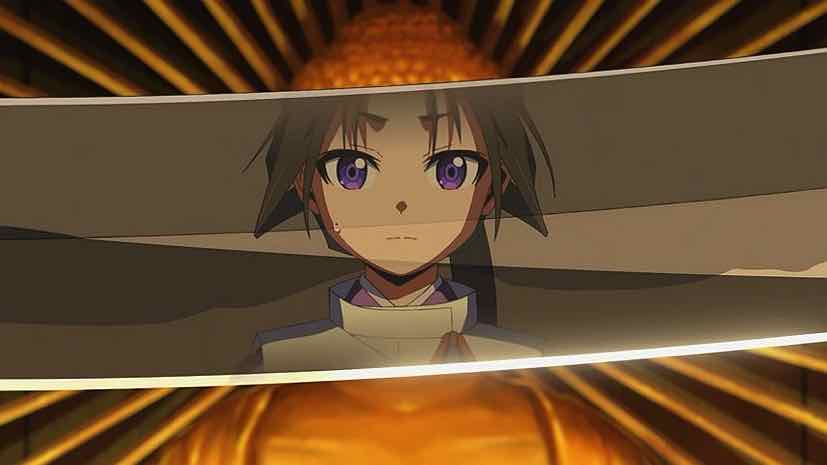 This much I know – when The Elusive Samurai is on top of its game, it’s a truly formidable beast. And it certainly was this week. There’s obviously a “save your powder” element to this production where CloverWorks is concerned – they don’t have the budget to splash sakuga like this every week. Even when they don’t the show is still excellent (and consternation quite overblown), because the direction and cinematography is always stylish and the material is that good. But when they go all out, boy – what a spectacle. Just spending money doesn’t make visually stunning animation, but when it’s paired with real imagination and talent – it’s David Bowman time.
This much I know – when The Elusive Samurai is on top of its game, it’s a truly formidable beast. And it certainly was this week. There’s obviously a “save your powder” element to this production where CloverWorks is concerned – they don’t have the budget to splash sakuga like this every week. Even when they don’t the show is still excellent (and consternation quite overblown), because the direction and cinematography is always stylish and the material is that good. But when they go all out, boy – what a spectacle. Just spending money doesn’t make visually stunning animation, but when it’s paired with real imagination and talent – it’s David Bowman time.
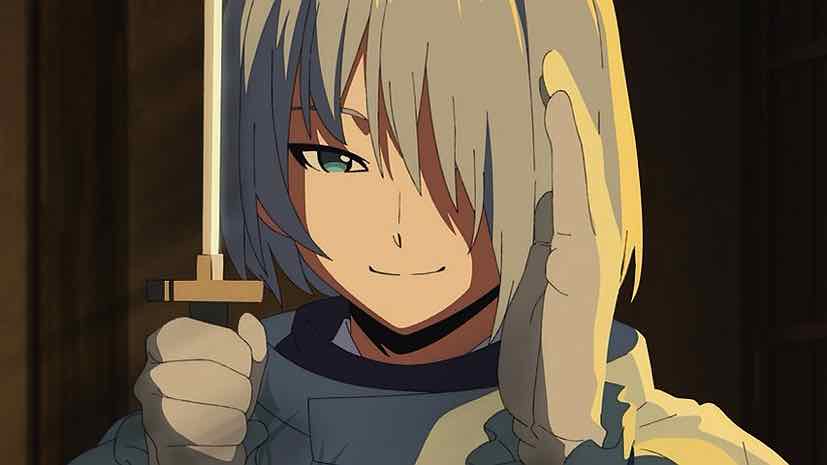 The path this adaptation takes from here is an interesting mystery at this point. There are credible rumors that it was planned as a split cour from the beginning, and true one-cour adaptations of WSJ manga are quite rare. But nothing is confirmed yet, so we don’t know. Which is nerve-wracking. But the manga has seen a pretty huge sales bump as a result of this adaptation so it seems very likely that even if a second cour wasn’t pre-approved it will have been by now (which scenario is true certainly impacts future timing). And indeed, that it will continue beyond that.
The path this adaptation takes from here is an interesting mystery at this point. There are credible rumors that it was planned as a split cour from the beginning, and true one-cour adaptations of WSJ manga are quite rare. But nothing is confirmed yet, so we don’t know. Which is nerve-wracking. But the manga has seen a pretty huge sales bump as a result of this adaptation so it seems very likely that even if a second cour wasn’t pre-approved it will have been by now (which scenario is true certainly impacts future timing). And indeed, that it will continue beyond that.
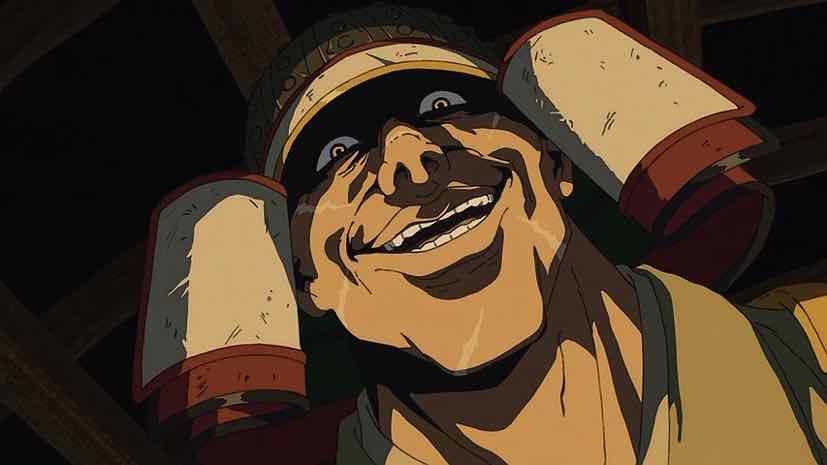 It’s always been a matter of some puzzlement – and irritation – to me that Nige Jouzu no Wakagimi wasn’t more popular to begin with. It has a great premise and a proven commercial heavyweight mangaka, but I’ve always felt like Matsui Yuusei’s stature was part of the problem. Ansatsu Kyoushitsu was such a massive hit – and for most fans their introduction to Matsui – that stylistic and general deviation from it was always going to turn some people off. “Just play the hits”, in other words. It sucks that it’s taking this long for Nige Jouzu to become one of them (a great adaptation can do that), but the wait makes the taste that much sweeter.
It’s always been a matter of some puzzlement – and irritation – to me that Nige Jouzu no Wakagimi wasn’t more popular to begin with. It has a great premise and a proven commercial heavyweight mangaka, but I’ve always felt like Matsui Yuusei’s stature was part of the problem. Ansatsu Kyoushitsu was such a massive hit – and for most fans their introduction to Matsui – that stylistic and general deviation from it was always going to turn some people off. “Just play the hits”, in other words. It sucks that it’s taking this long for Nige Jouzu to become one of them (a great adaptation can do that), but the wait makes the taste that much sweeter.
 So what has Fubuki taught Tokiyuki about the ways of the katana? “Demon Heart Buddha Blade” isn’t anything mystical really – just a sword style that suits the young lord to a “T”. Inflicting damage by “pulling” the blade – slicing while retreating – combined with the little Houjou’s natural gift for evasion. Once he’s drawn Shoukan’s blood – exploiting a gap in his armor – time is on the boy’s side. Tokiyuki may not be much on offense, but he can still cut the bandit down if Shoukan pauses to dress his wound. And if he doesn’t, every failed attack sprays his blood across the room.
So what has Fubuki taught Tokiyuki about the ways of the katana? “Demon Heart Buddha Blade” isn’t anything mystical really – just a sword style that suits the young lord to a “T”. Inflicting damage by “pulling” the blade – slicing while retreating – combined with the little Houjou’s natural gift for evasion. Once he’s drawn Shoukan’s blood – exploiting a gap in his armor – time is on the boy’s side. Tokiyuki may not be much on offense, but he can still cut the bandit down if Shoukan pauses to dress his wound. And if he doesn’t, every failed attack sprays his blood across the room.
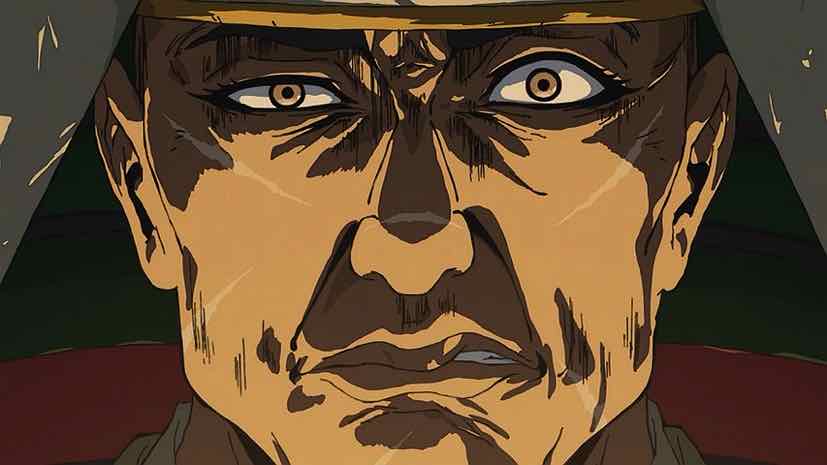 TES is all about contrasts, stark contradictions – of that there can be no doubt. This so-called compassionate sword style is actually brutal and terrifying. And so is Tokiyuki, this angelic and beaming child who smiles beatifically at the thrill of using his powers to slowly end his opponent. All this is depicted in gorgeous fashion, with yet more juxtaposition – beautiful almost balletic movements, sprays of blood painting the Buddha’s face, Tokiyuki’s rapturous joy. That juxtaposition makes this scene almost horrifying, in truth. It was true in the manga (Matsui’s genius as an artist is itself truly formidable) but anime has tools at its disposal to make it even more so, if their wielders are as talented as they are here.
TES is all about contrasts, stark contradictions – of that there can be no doubt. This so-called compassionate sword style is actually brutal and terrifying. And so is Tokiyuki, this angelic and beaming child who smiles beatifically at the thrill of using his powers to slowly end his opponent. All this is depicted in gorgeous fashion, with yet more juxtaposition – beautiful almost balletic movements, sprays of blood painting the Buddha’s face, Tokiyuki’s rapturous joy. That juxtaposition makes this scene almost horrifying, in truth. It was true in the manga (Matsui’s genius as an artist is itself truly formidable) but anime has tools at its disposal to make it even more so, if their wielders are as talented as they are here.
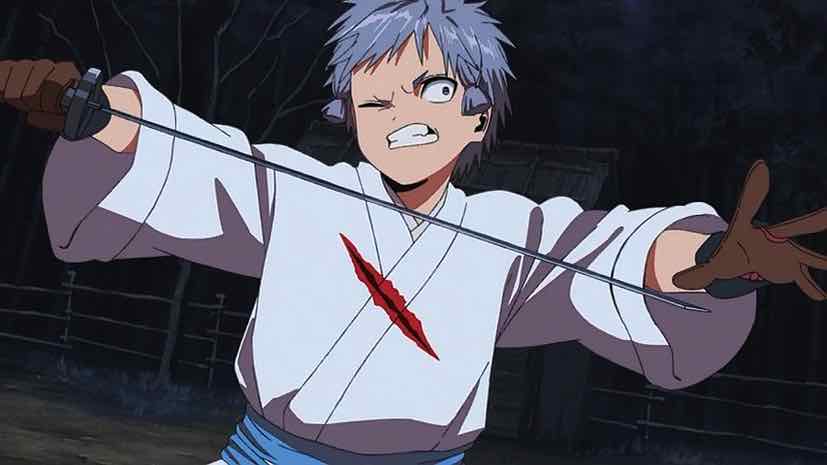 Normally a scoundrel reflecting on his shameful life would be a little trite in this situation. But the specific nature of what’s happening to Shoukan elevates it here. He’s slowly dying in a truly mystifying way, an almost unimaginable defeat at the hands of a mere tyke. As the narrator tells us, this was a time when the era of men like him was slowly coming to an end, as feudal lords gained power and brought bandit kings to rein. What Shoukan’s circumstances – a second son of a declining daimyou – took from him, Sadamune in a sense can give him back. Shoukan survives, by dint of lucky timing. And the fact that for better or worse, Tokiyuki didn’t finish him when he had the chance.
Normally a scoundrel reflecting on his shameful life would be a little trite in this situation. But the specific nature of what’s happening to Shoukan elevates it here. He’s slowly dying in a truly mystifying way, an almost unimaginable defeat at the hands of a mere tyke. As the narrator tells us, this was a time when the era of men like him was slowly coming to an end, as feudal lords gained power and brought bandit kings to rein. What Shoukan’s circumstances – a second son of a declining daimyou – took from him, Sadamune in a sense can give him back. Shoukan survives, by dint of lucky timing. And the fact that for better or worse, Tokiyuki didn’t finish him when he had the chance.
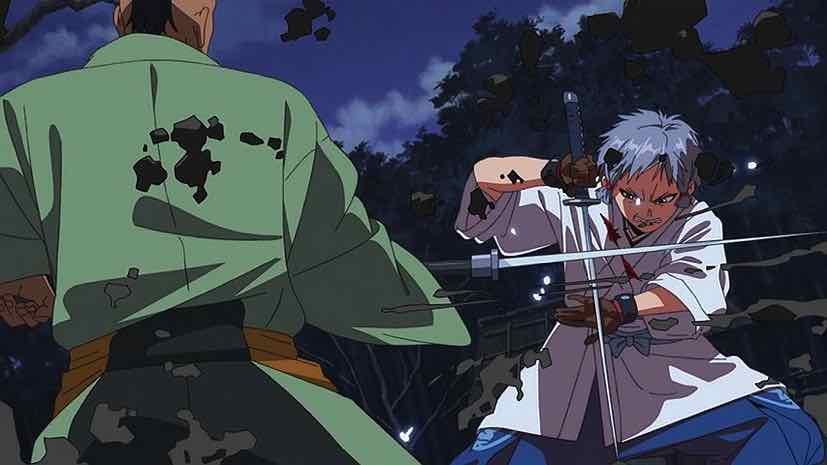 The kiddie killers are a truly effective fighting force. Fubuki does get nicked a couple of times by Furan but in truth, once he takes his measure this is really no challenge for him. Ayako and Koujirou – not as skilled as and smaller than Fubuki – have more trouble with Shirou. But their teamwork eventually wins the day (Shizuku is part of that team too). That, and the fact that their enemy doesn’t take them seriously because they’re children – a recurring theme with this story. With their general and his top lieutenants down it seems the invading army is routed – but Sadamune has a way of showing up at the most inconvenient moments.
The kiddie killers are a truly effective fighting force. Fubuki does get nicked a couple of times by Furan but in truth, once he takes his measure this is really no challenge for him. Ayako and Koujirou – not as skilled as and smaller than Fubuki – have more trouble with Shirou. But their teamwork eventually wins the day (Shizuku is part of that team too). That, and the fact that their enemy doesn’t take them seriously because they’re children – a recurring theme with this story. With their general and his top lieutenants down it seems the invading army is routed – but Sadamune has a way of showing up at the most inconvenient moments.
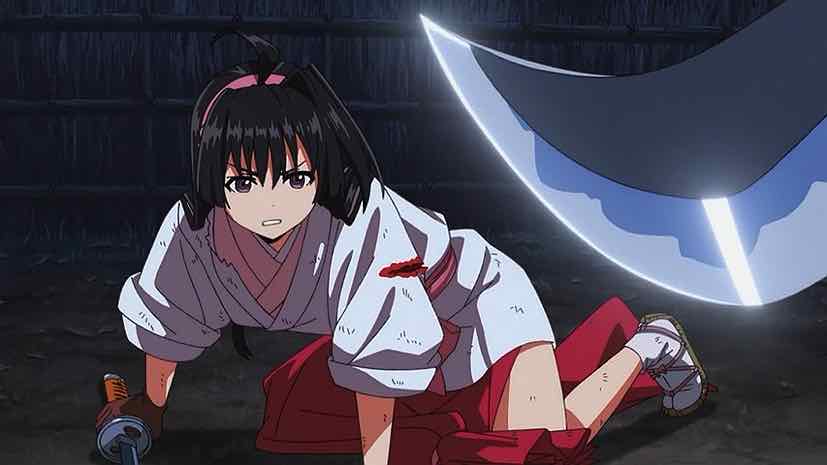 Sadamune is certainly no fool, as Fubuki perceives. He’s smart enough to see both the folly in Shoukan’s obsession with enslaving and killing innocents and the potential he has as a military commander, for example. And he’s smart enough to swallow his pride and retreat when Genba arrives with Yorishige and the main Suwa army in tow. Yorishuge tearfully embraces Tokiyuki at their reunion, as a father might. You can see that this is genuine, and the impact it has on a surprised Tokiyuki – this is a boy who’s lost his entire family, after all. Tokiyuki calls for a reward for Fubuki and proffers an invitation – become his retainer. Fubuki, still unaware of who the young lord is, declines – but the truth (and the rewards it promises) is easily enough to win him over.
Sadamune is certainly no fool, as Fubuki perceives. He’s smart enough to see both the folly in Shoukan’s obsession with enslaving and killing innocents and the potential he has as a military commander, for example. And he’s smart enough to swallow his pride and retreat when Genba arrives with Yorishige and the main Suwa army in tow. Yorishuge tearfully embraces Tokiyuki at their reunion, as a father might. You can see that this is genuine, and the impact it has on a surprised Tokiyuki – this is a boy who’s lost his entire family, after all. Tokiyuki calls for a reward for Fubuki and proffers an invitation – become his retainer. Fubuki, still unaware of who the young lord is, declines – but the truth (and the rewards it promises) is easily enough to win him over.
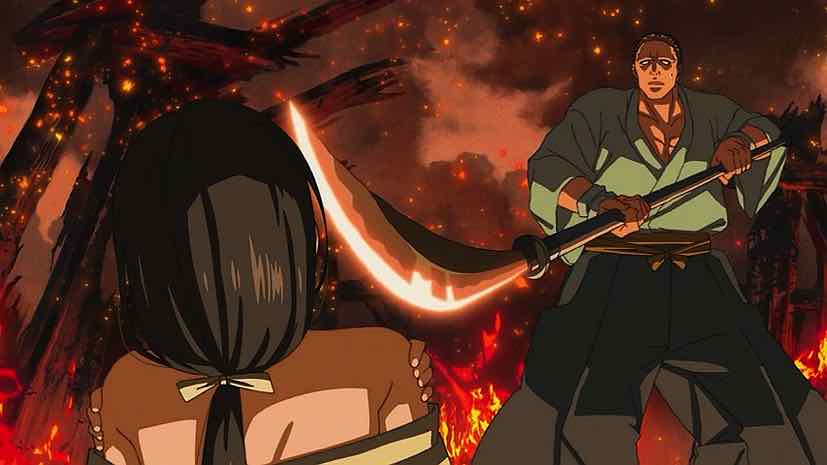 I certainly want that second cour confirmed ASAP, and more besides. Both because I love Nige Jouzu no Wakagimi and because I know the enormous potential this series has commercially. There’s a lot of great stuff to come, and with the manga finally starting to realize the popularity it’s always deserved, it seems logical to assume future seasons of the anime would be at least as well-treated by the production committee. I always love it when manga I love get adaptations that prove popular, but it’s especially great here. The Elusive Samurai has always been a series that deserved far more respect – and commercial success – than it was getting.
I certainly want that second cour confirmed ASAP, and more besides. Both because I love Nige Jouzu no Wakagimi and because I know the enormous potential this series has commercially. There’s a lot of great stuff to come, and with the manga finally starting to realize the popularity it’s always deserved, it seems logical to assume future seasons of the anime would be at least as well-treated by the production committee. I always love it when manga I love get adaptations that prove popular, but it’s especially great here. The Elusive Samurai has always been a series that deserved far more respect – and commercial success – than it was getting.


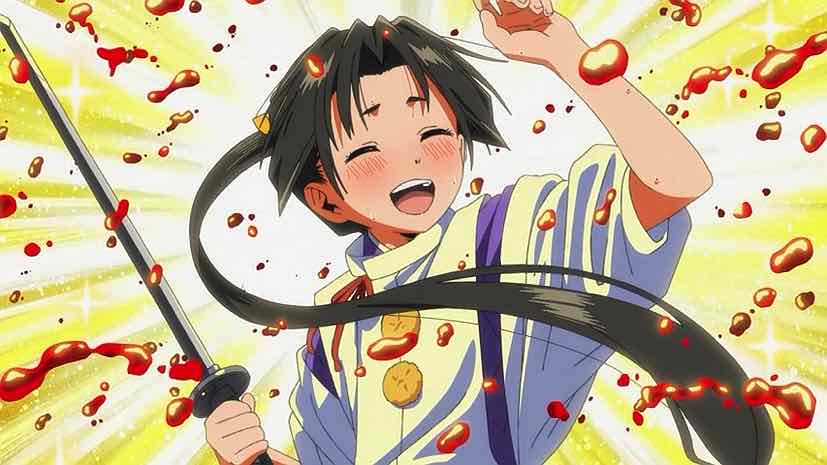
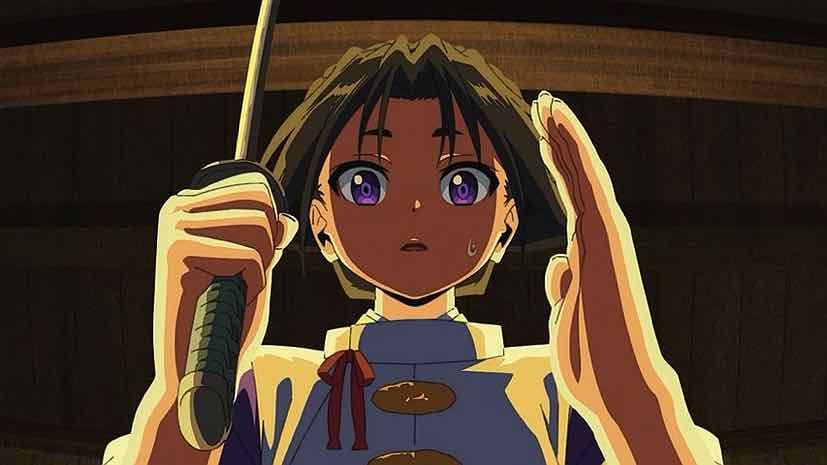
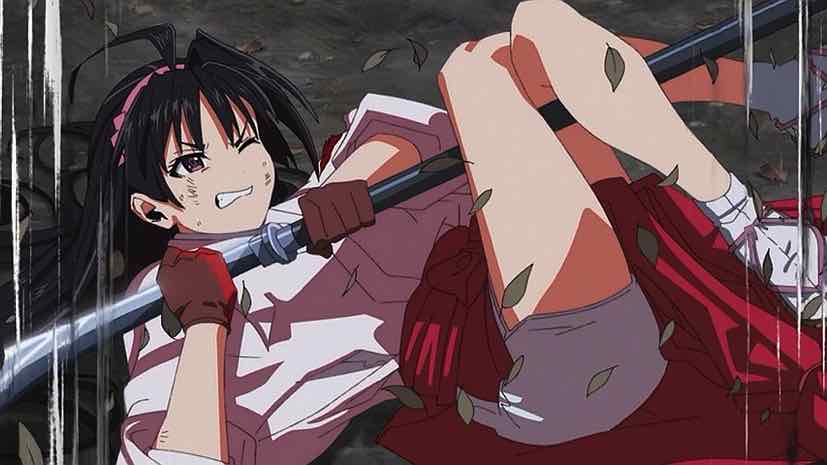
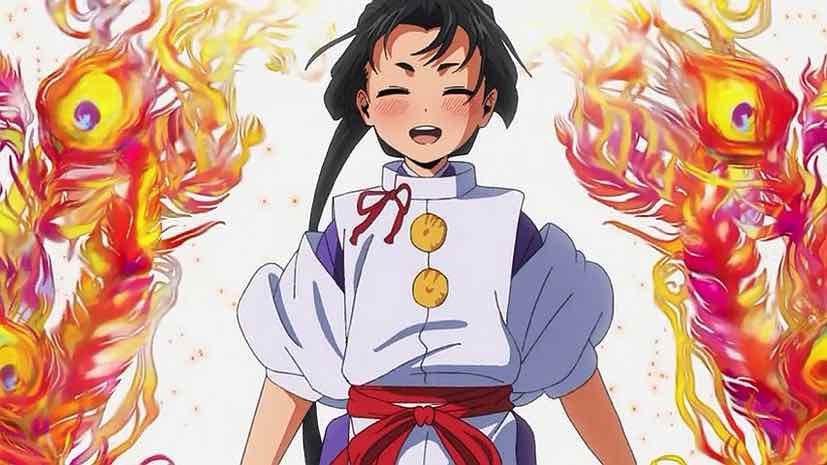
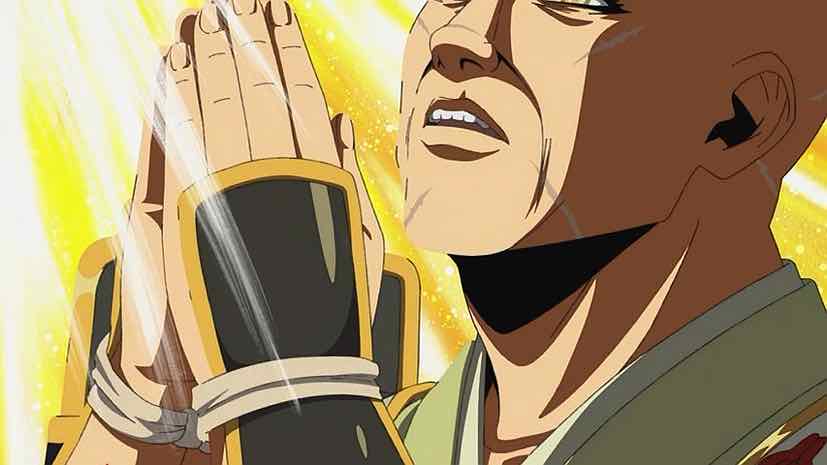
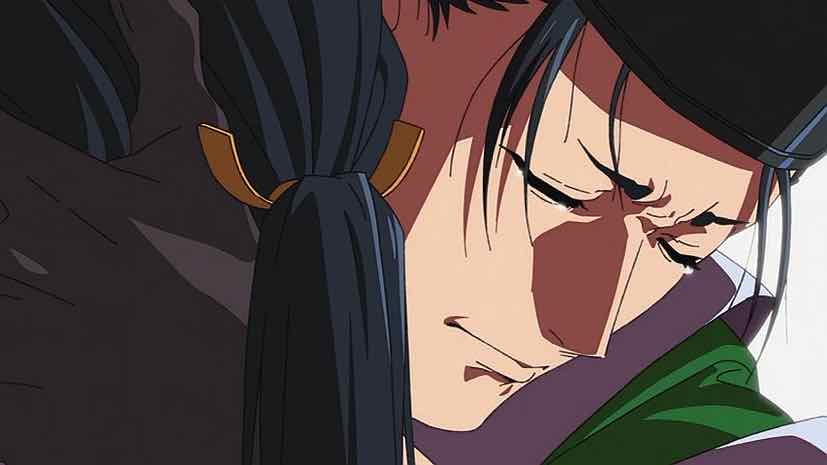
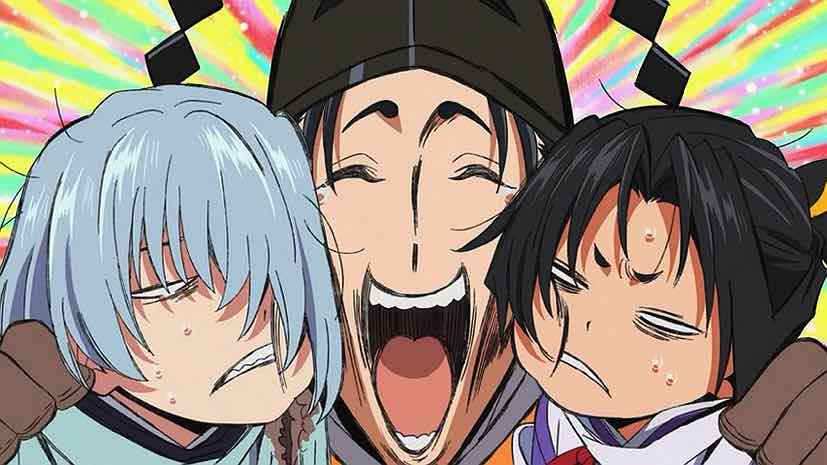
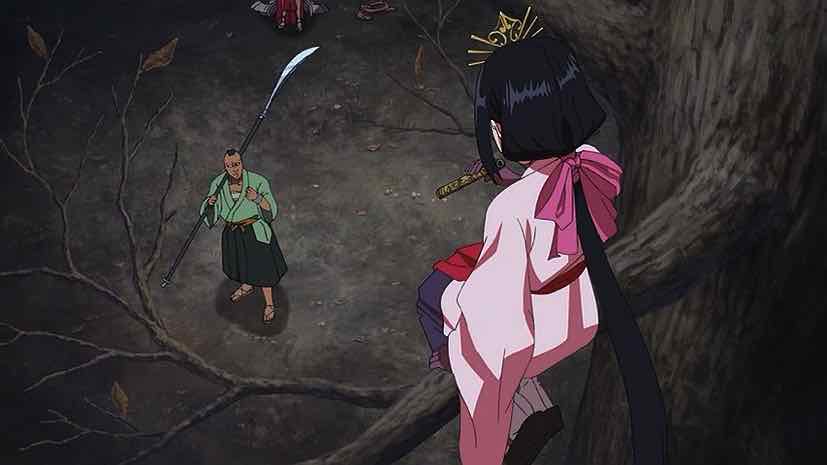
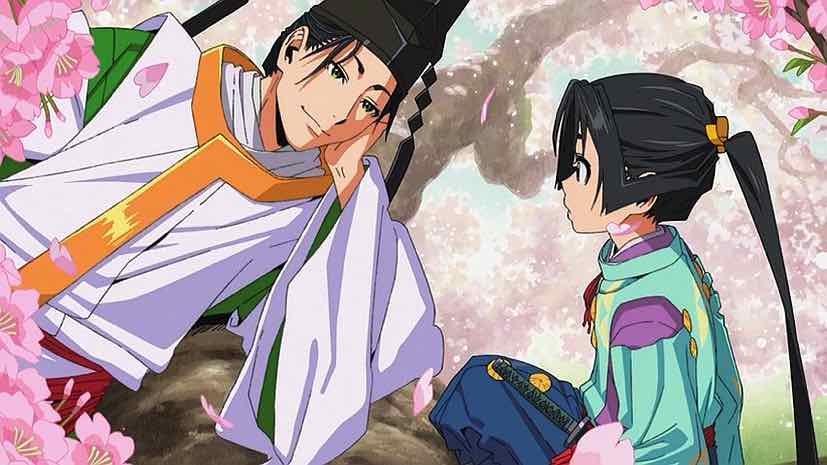
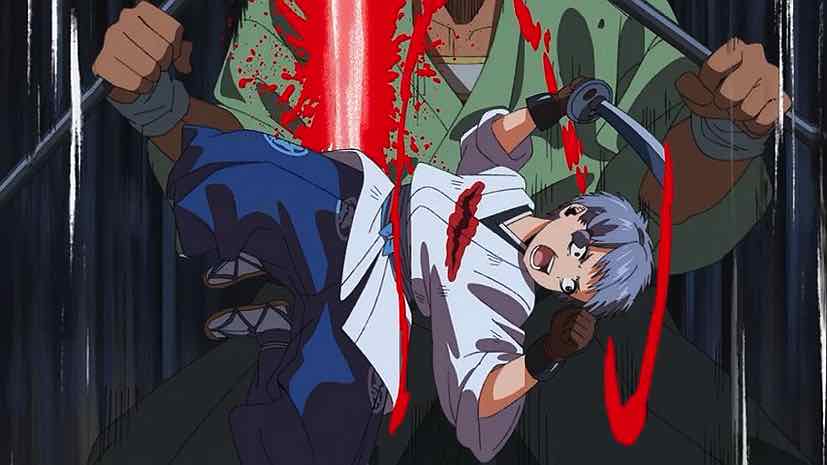
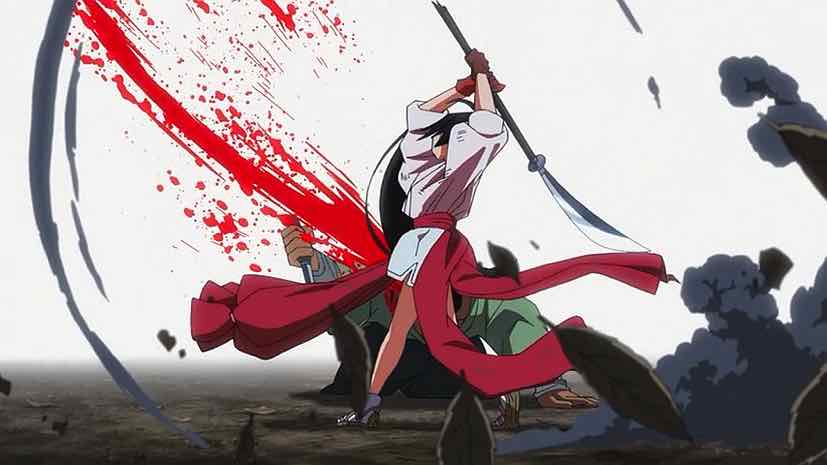
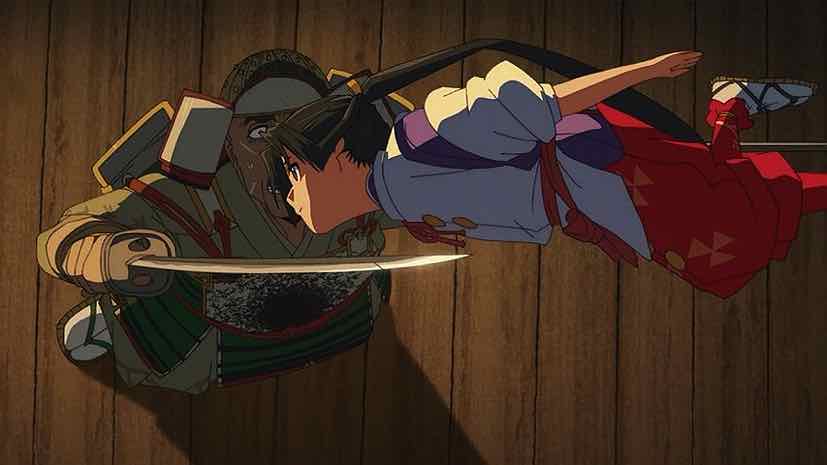
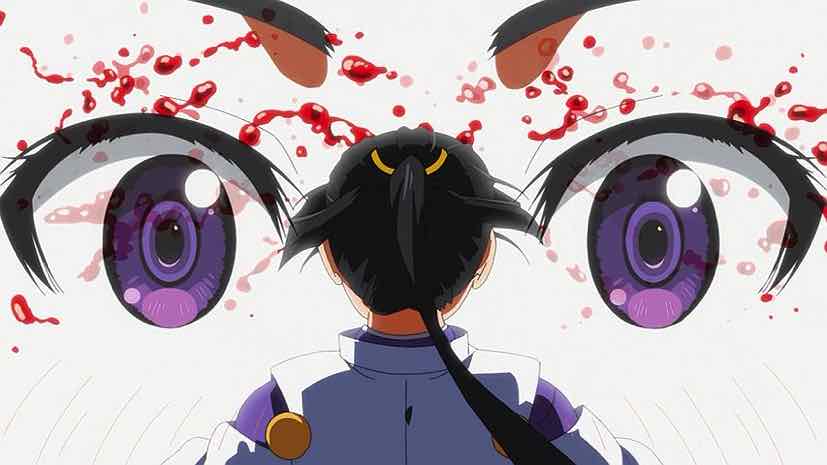
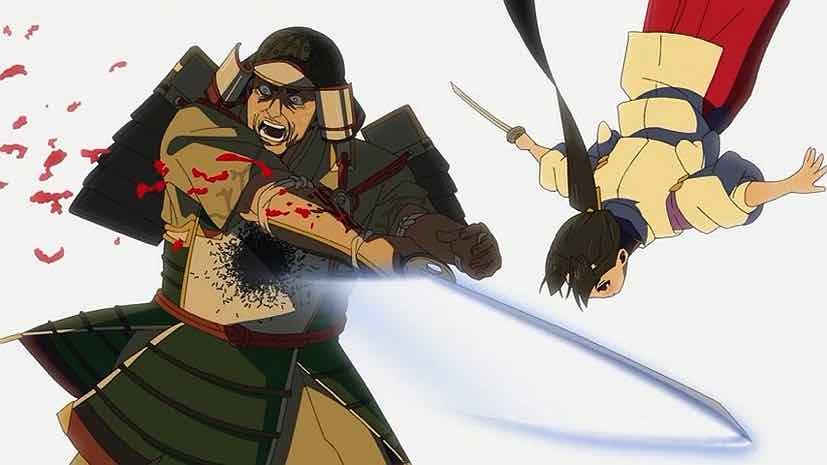
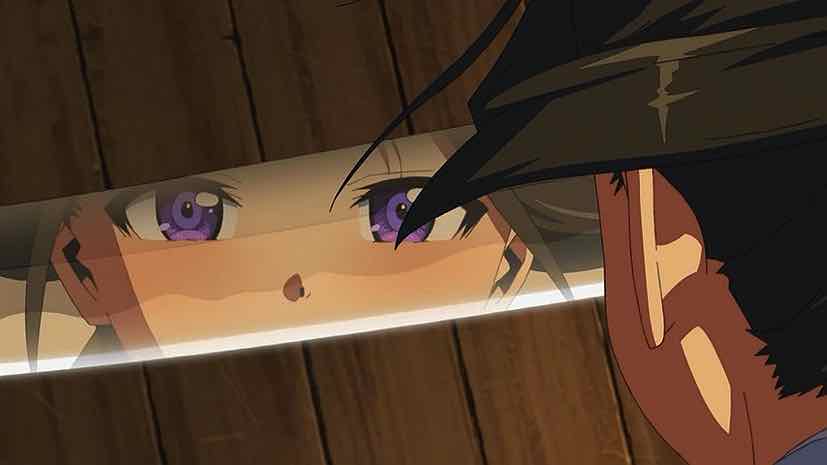
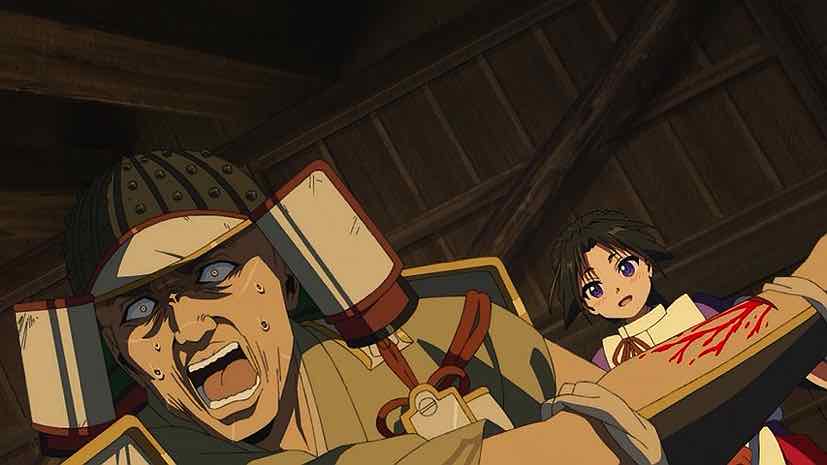
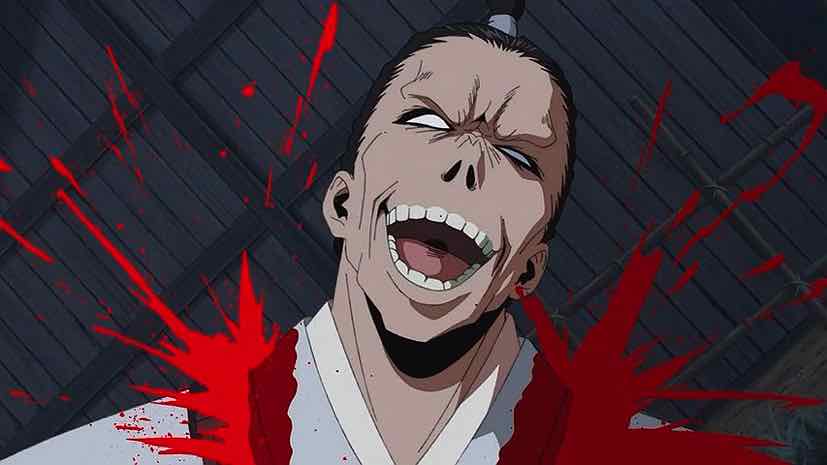
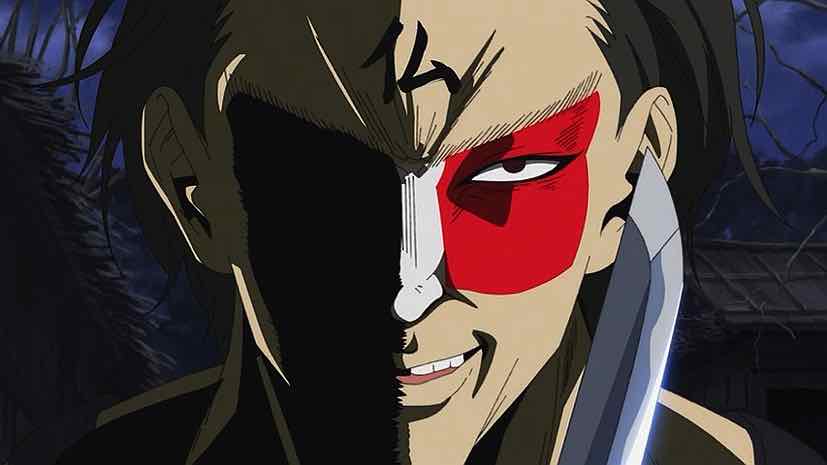
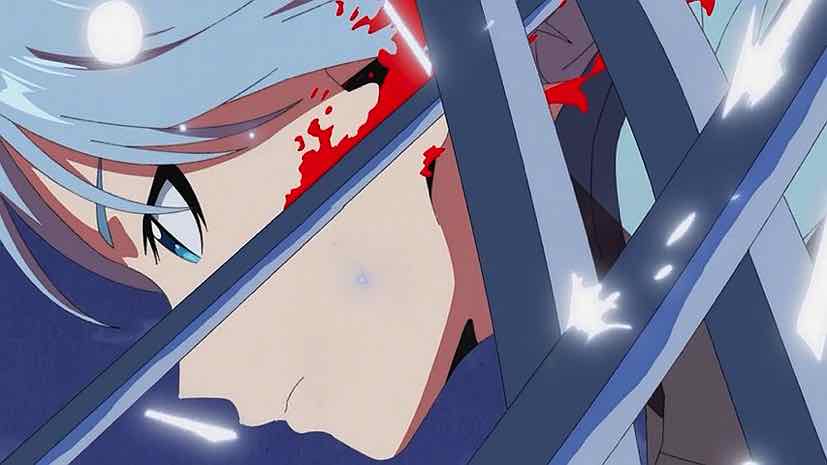
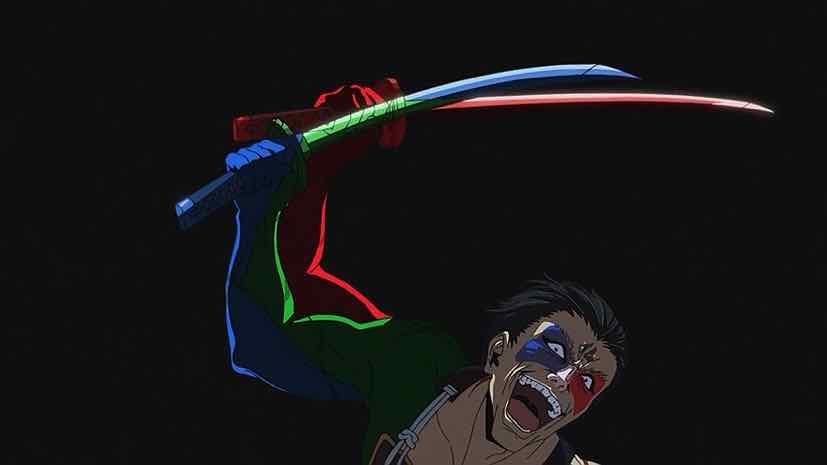
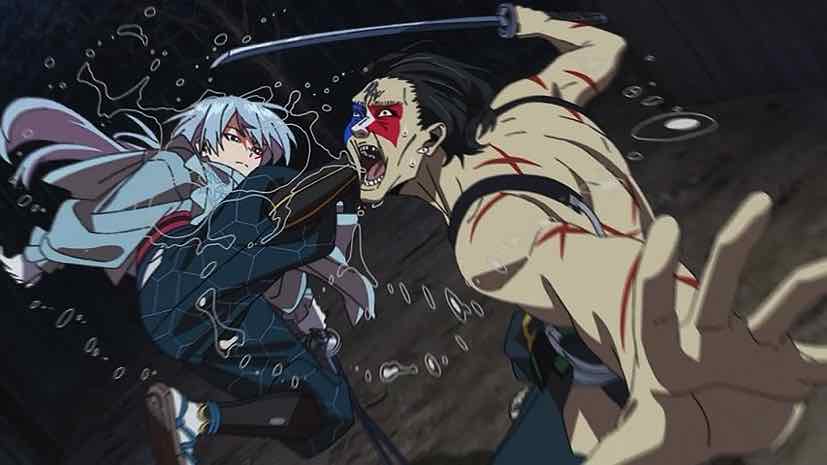
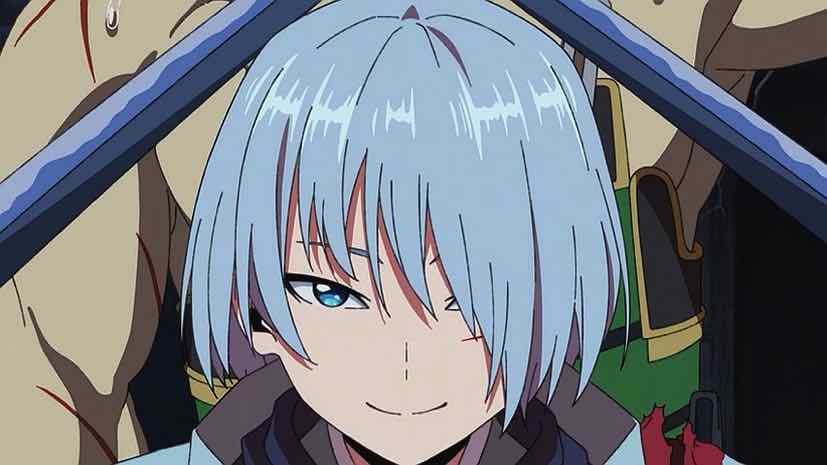
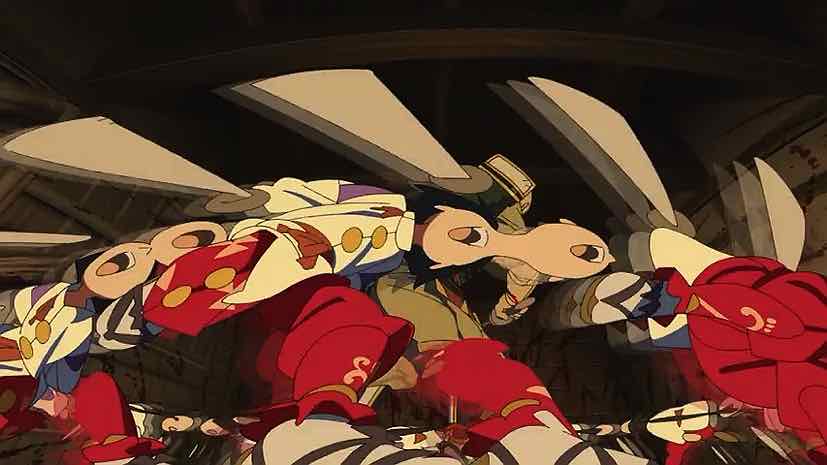
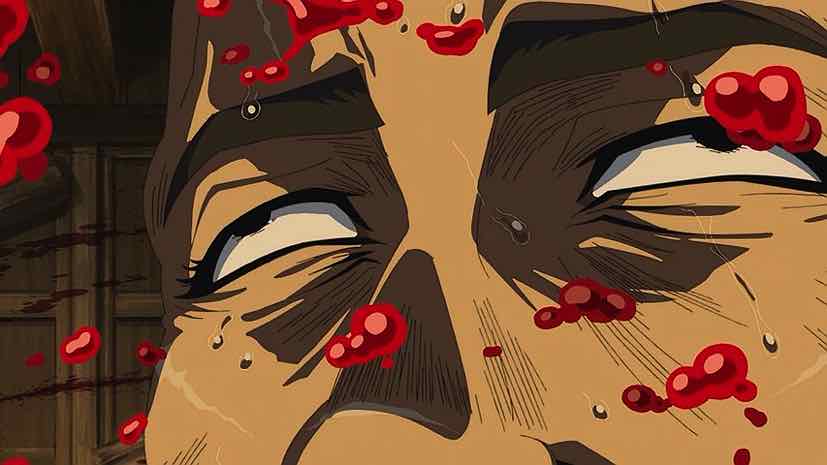
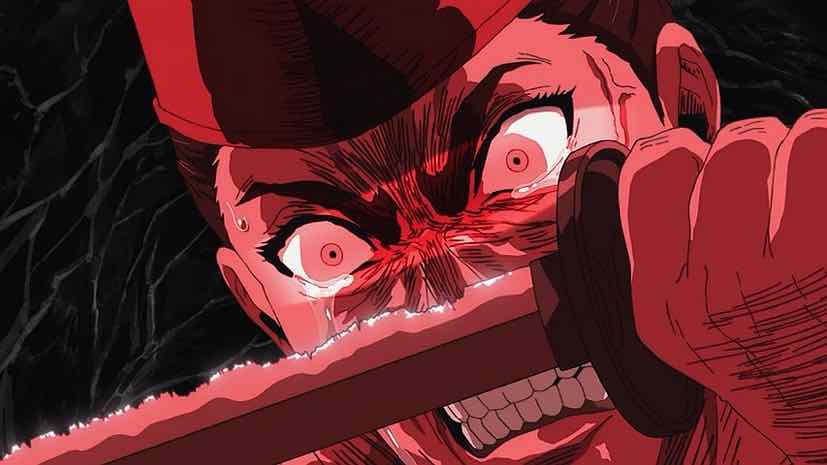
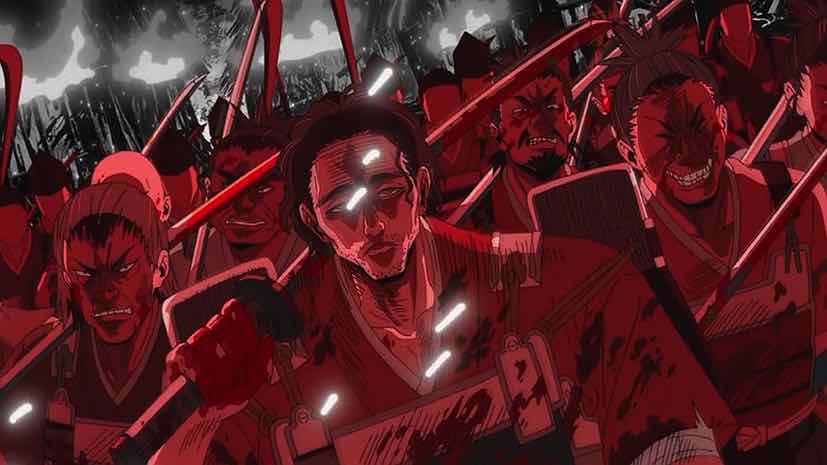
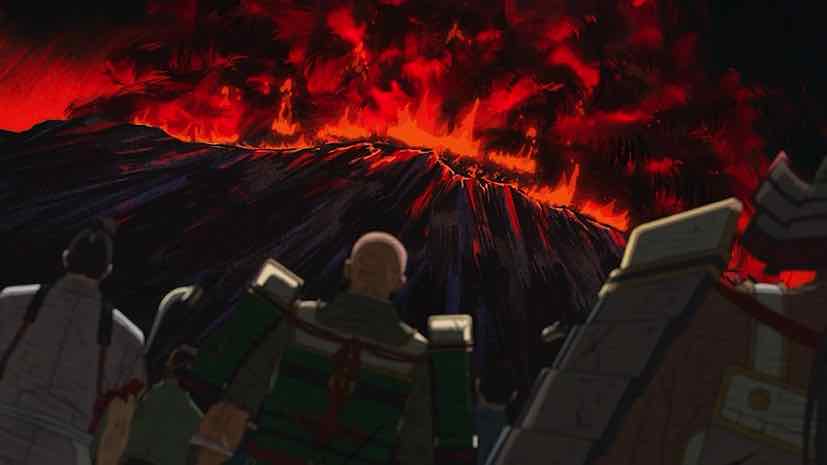
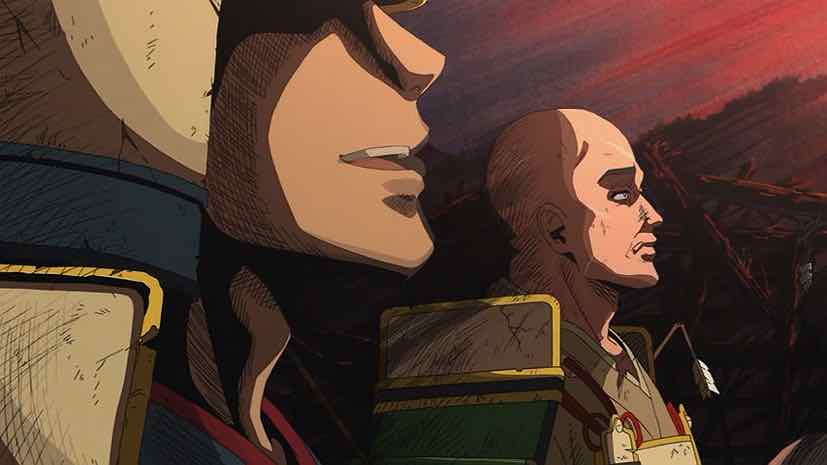
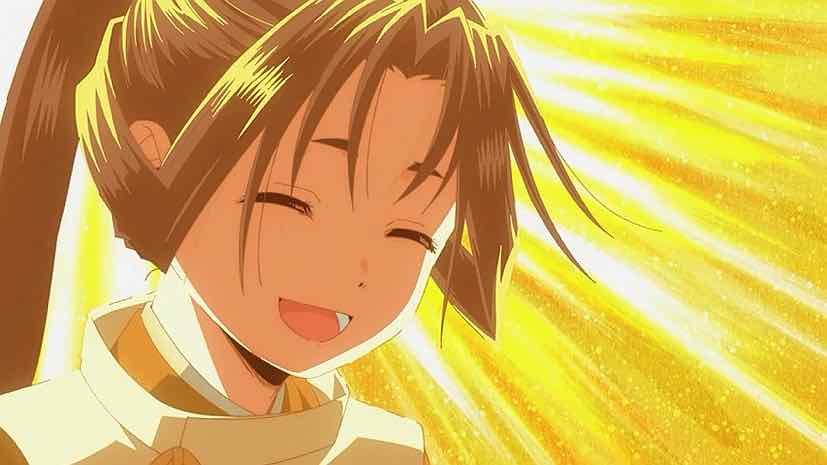
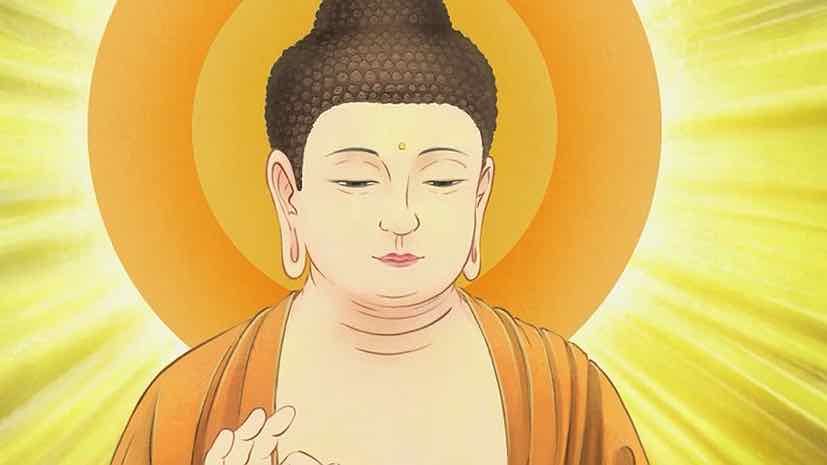
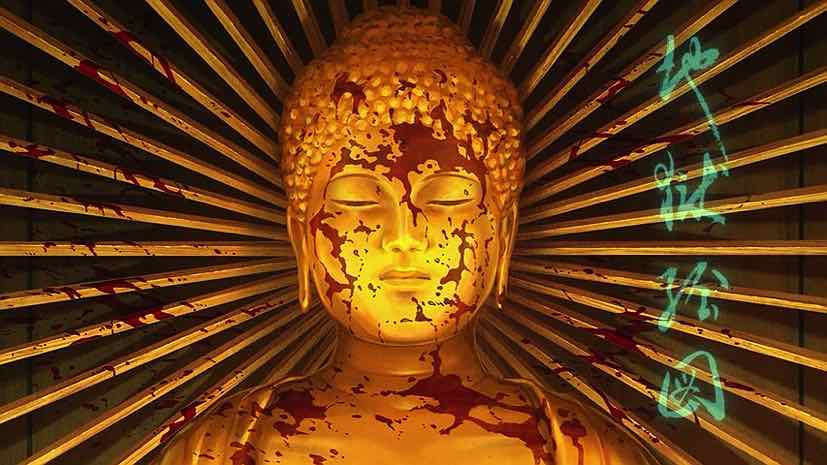
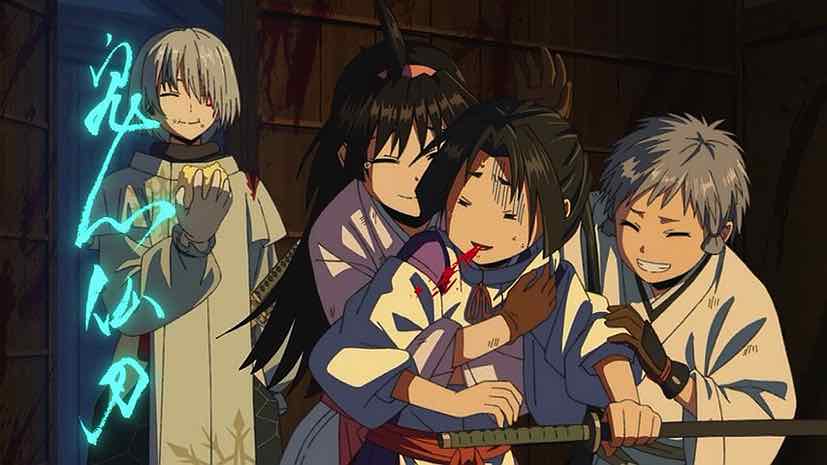
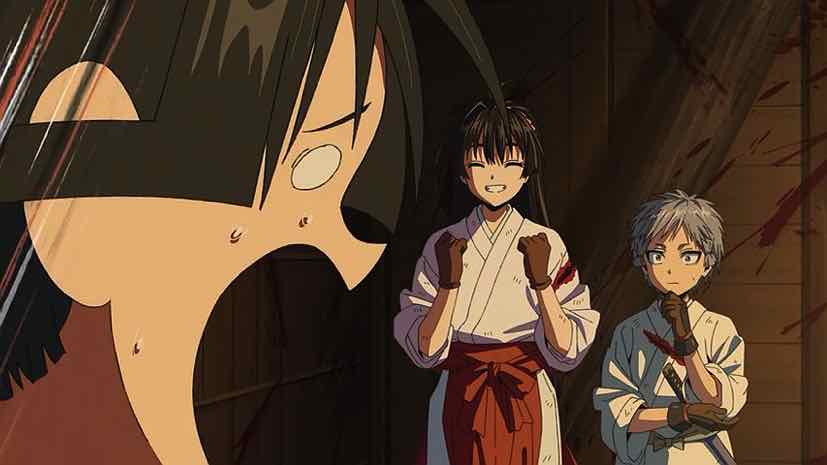
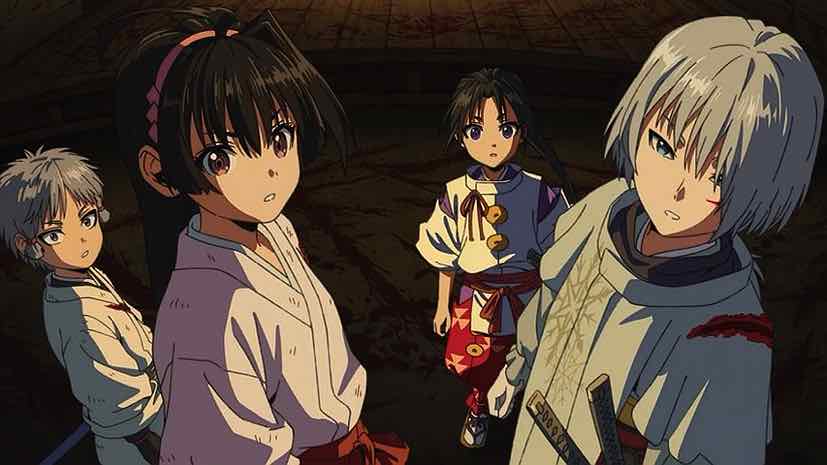
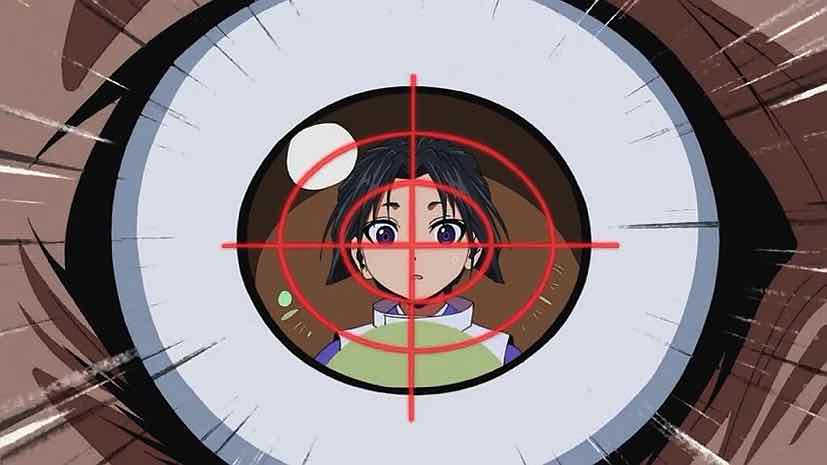
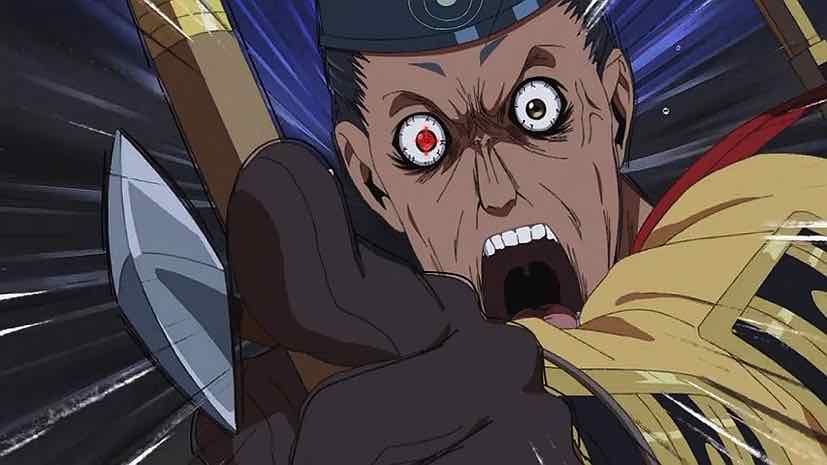
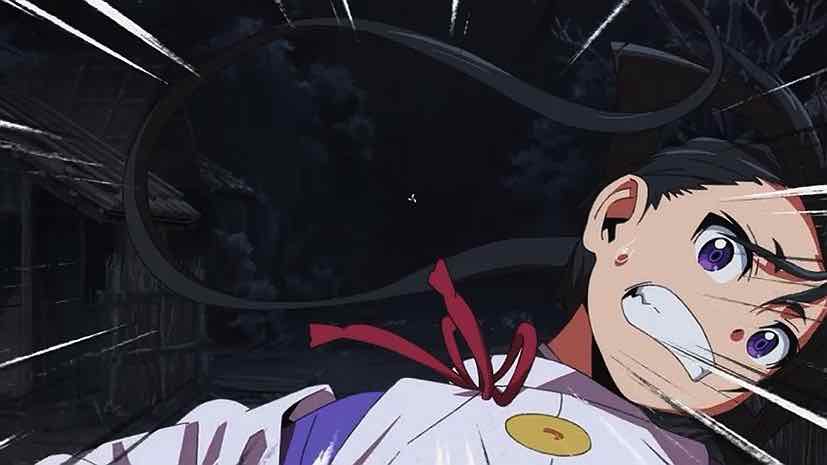
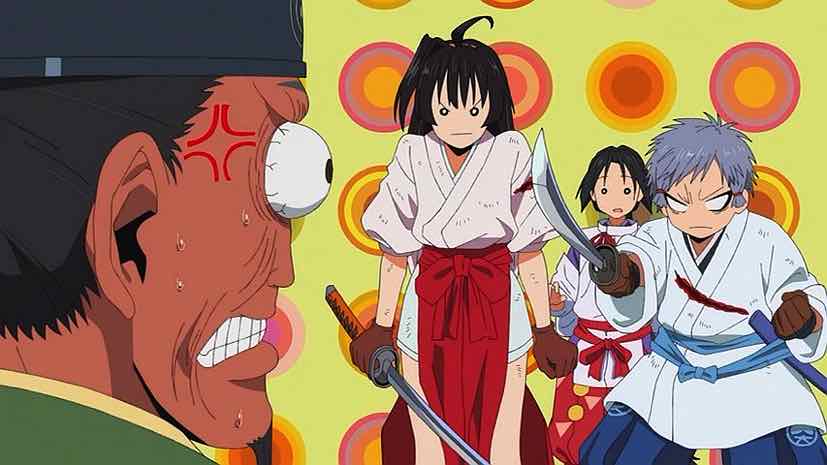
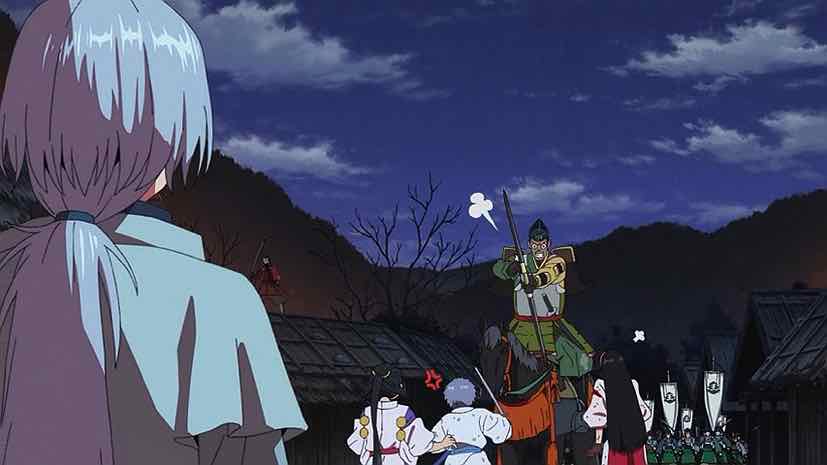
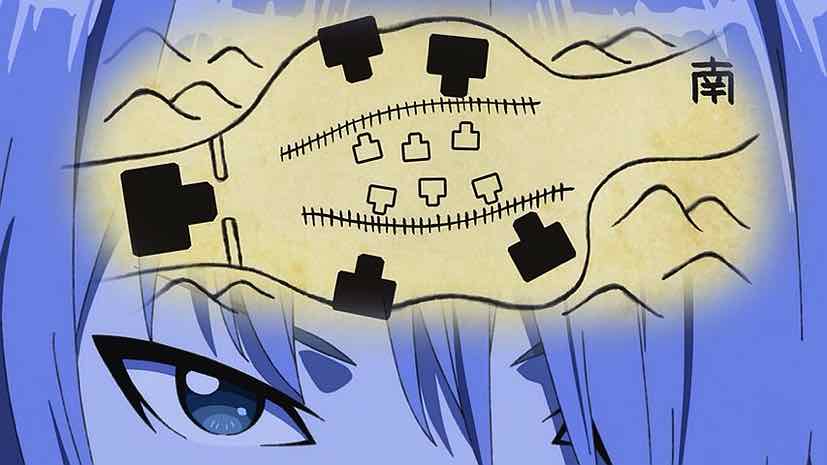
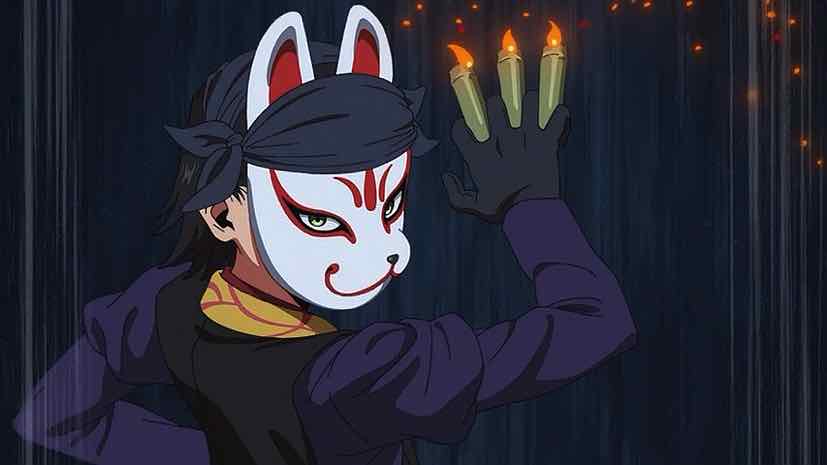
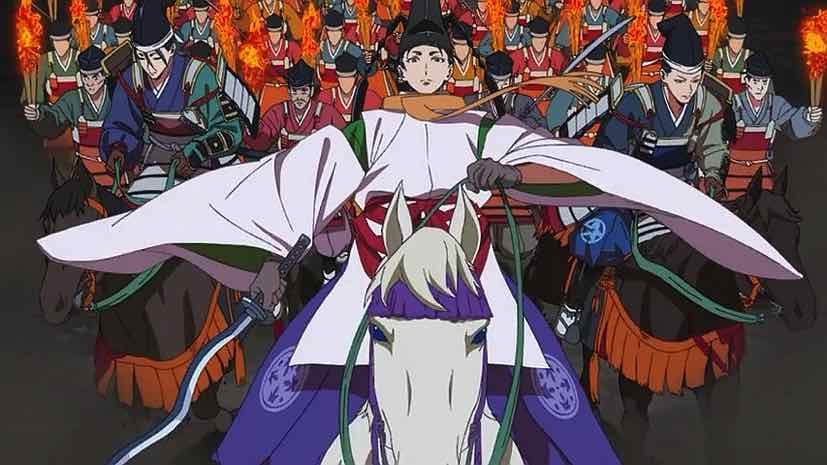
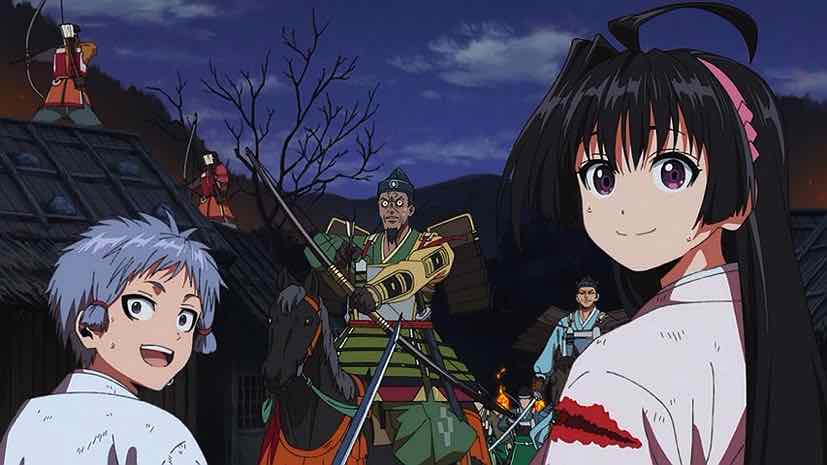
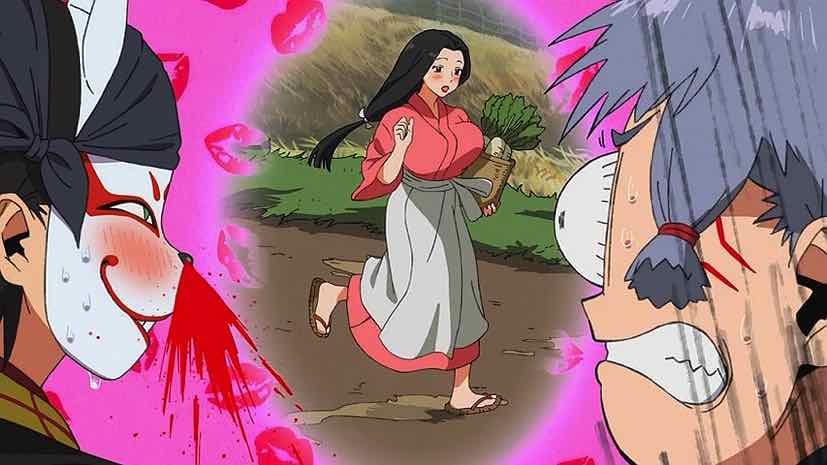
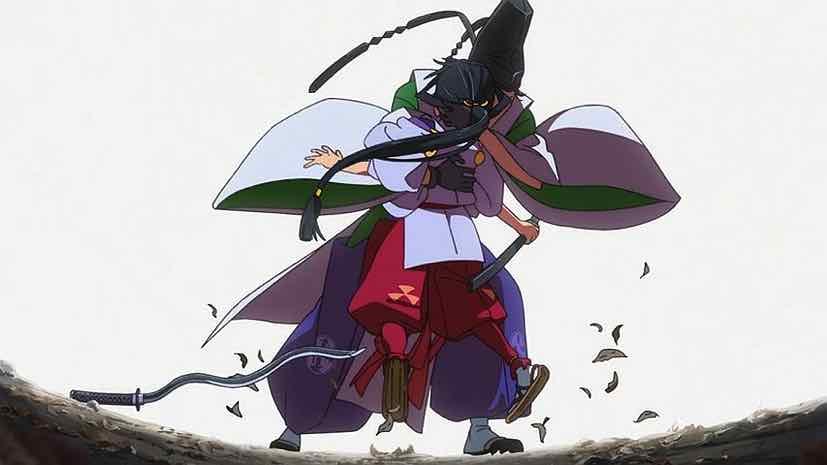
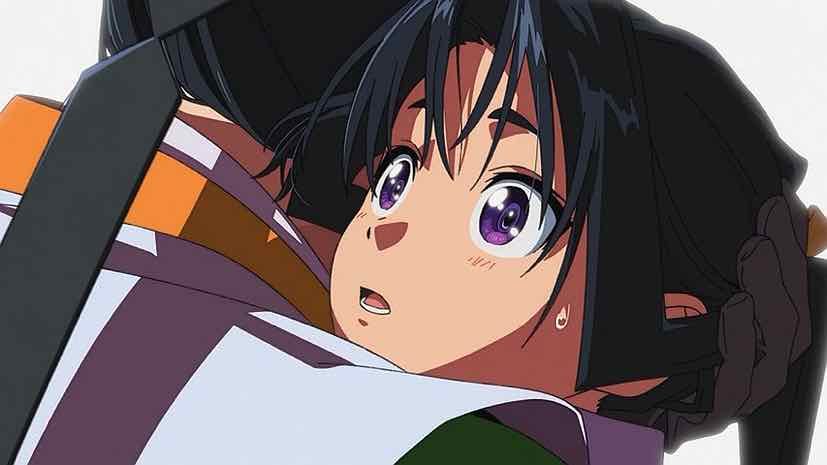
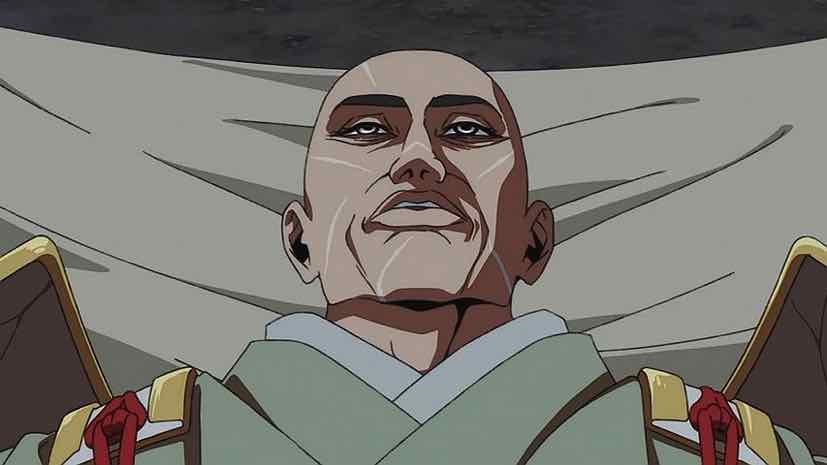
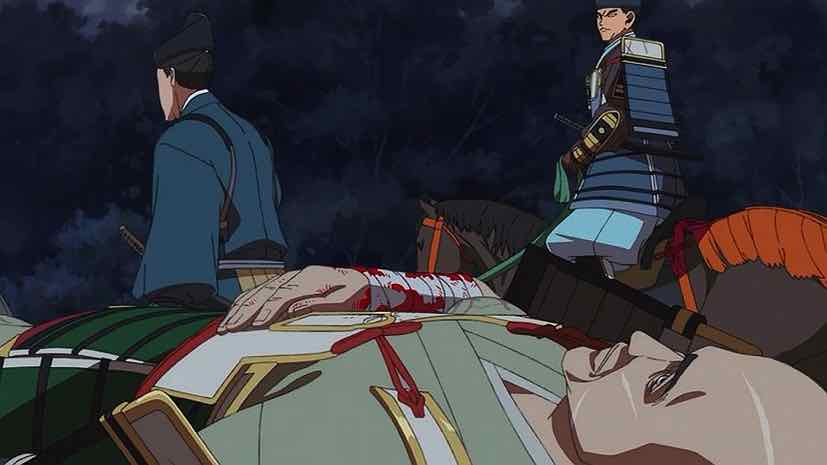
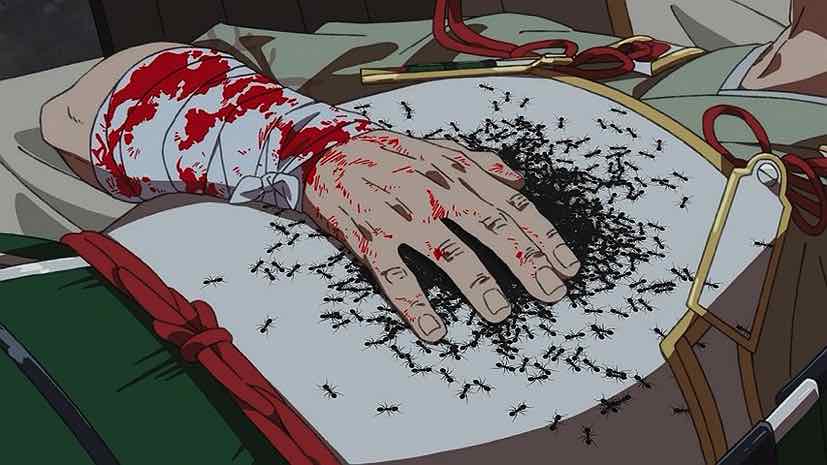
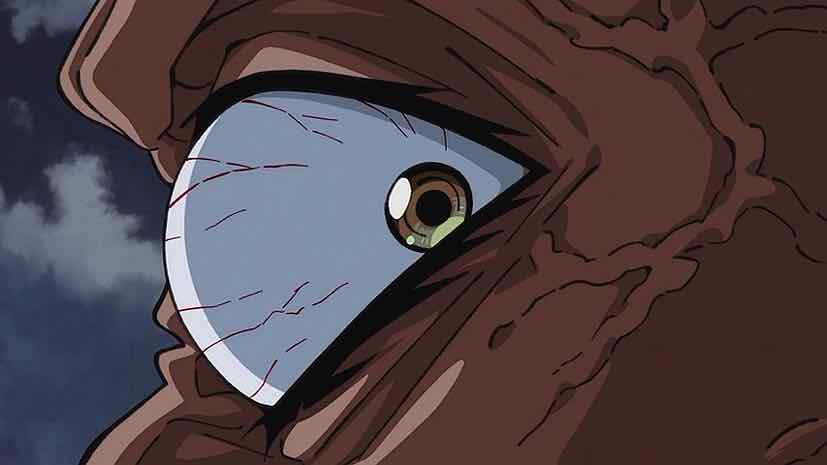
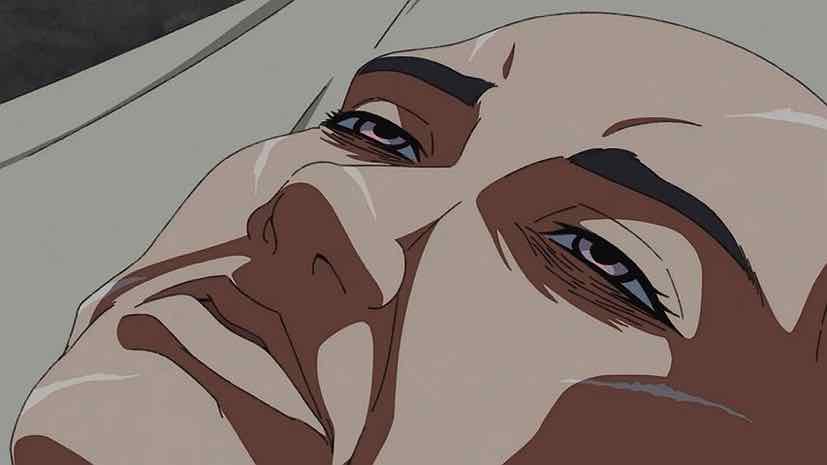
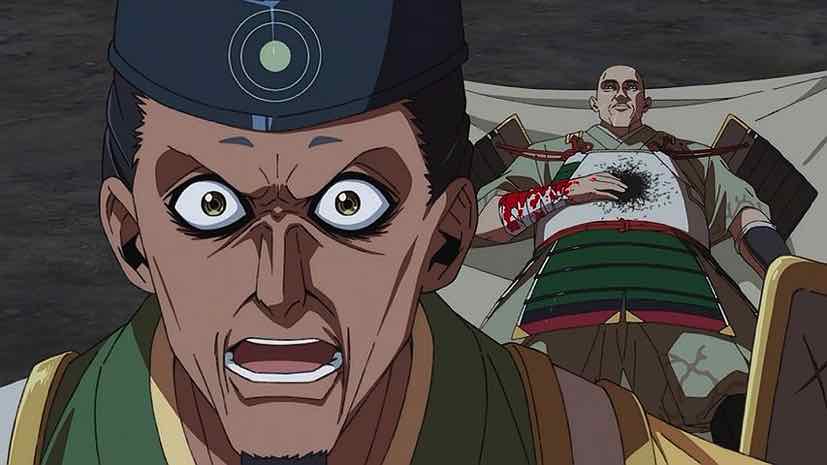

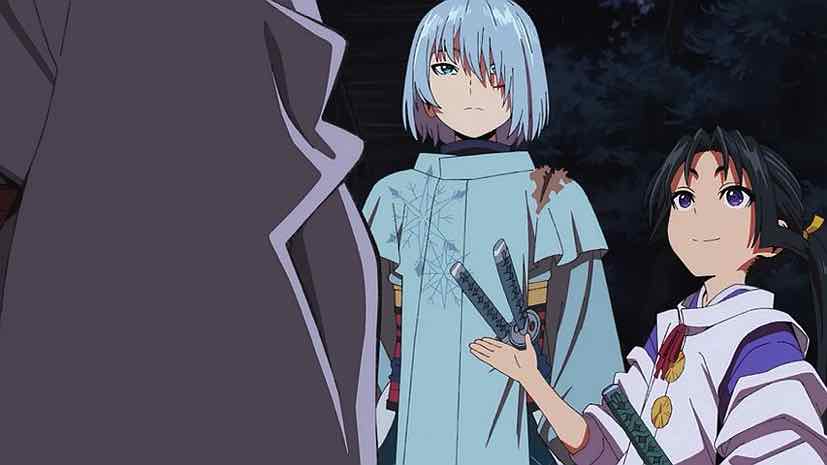
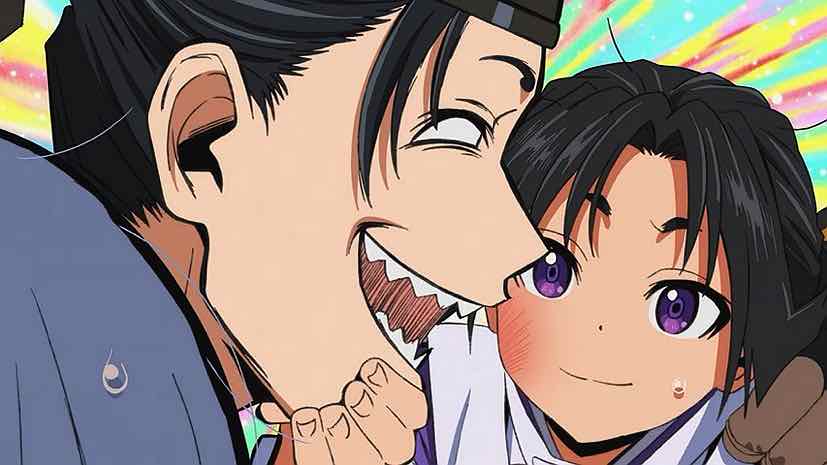
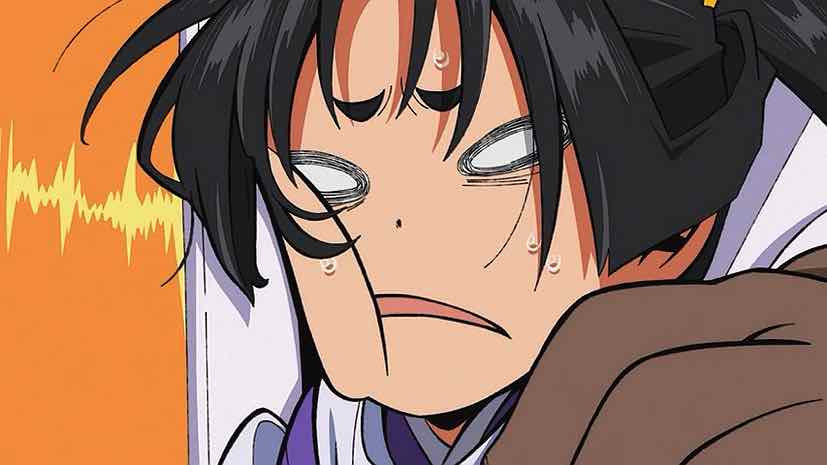
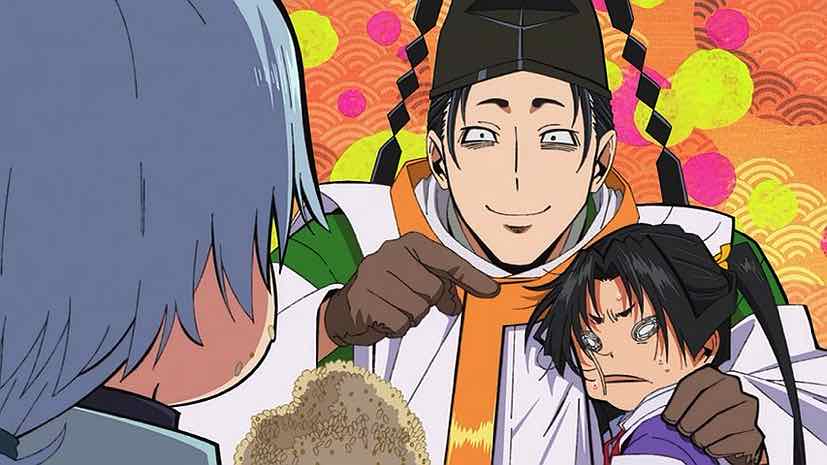
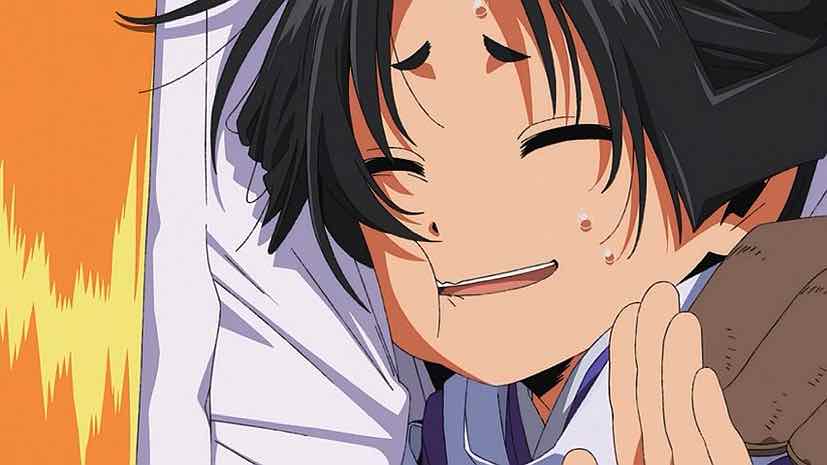


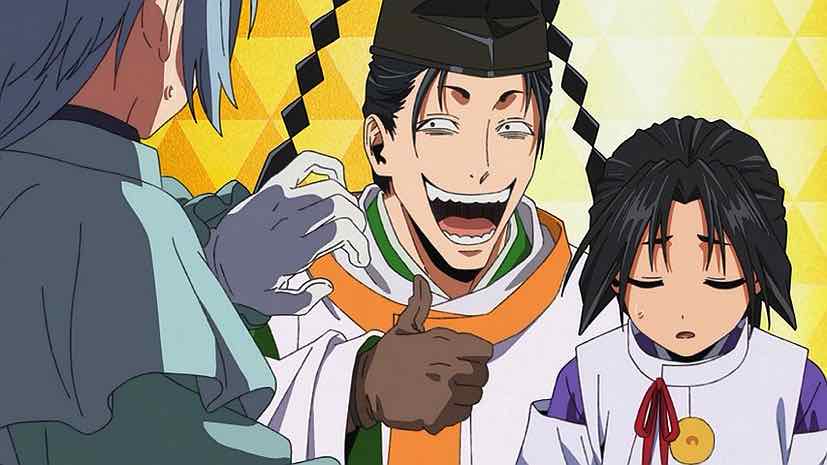
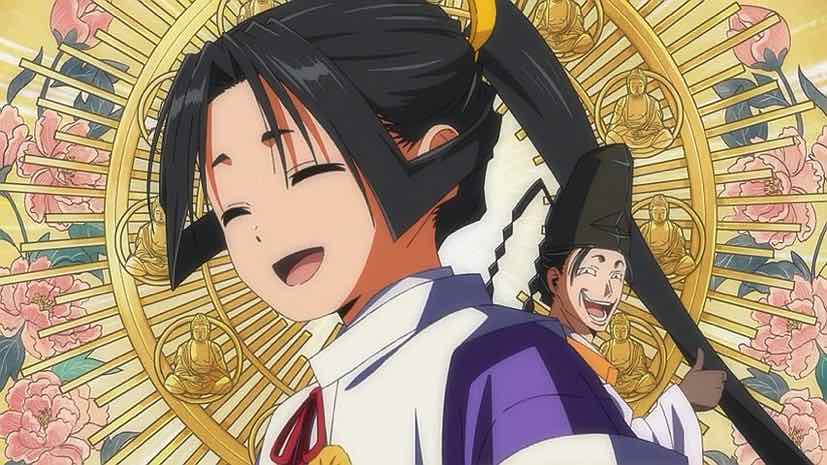
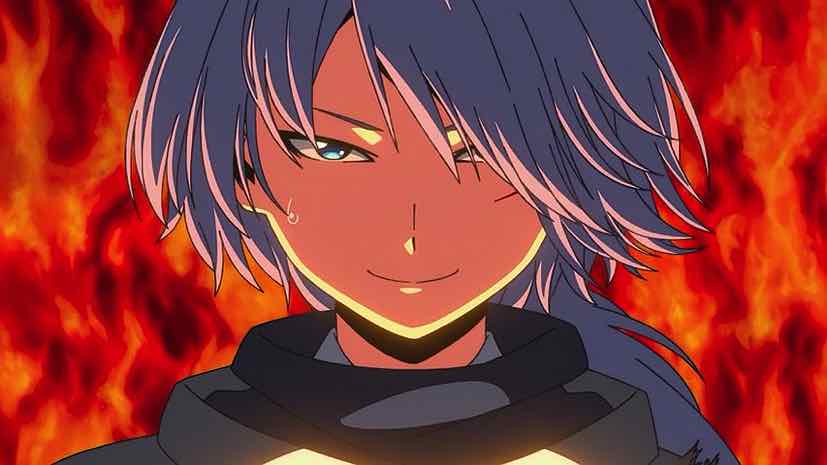
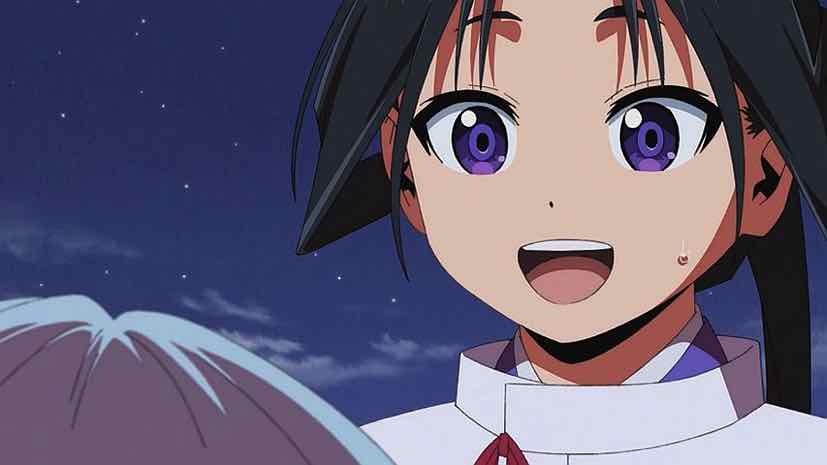
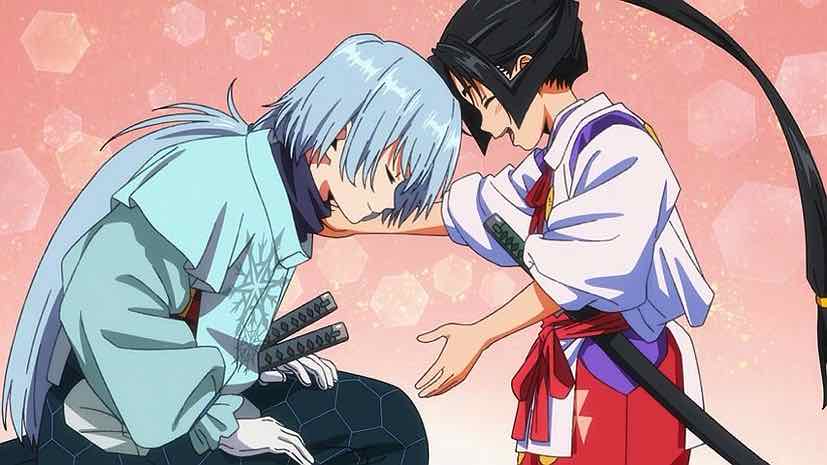
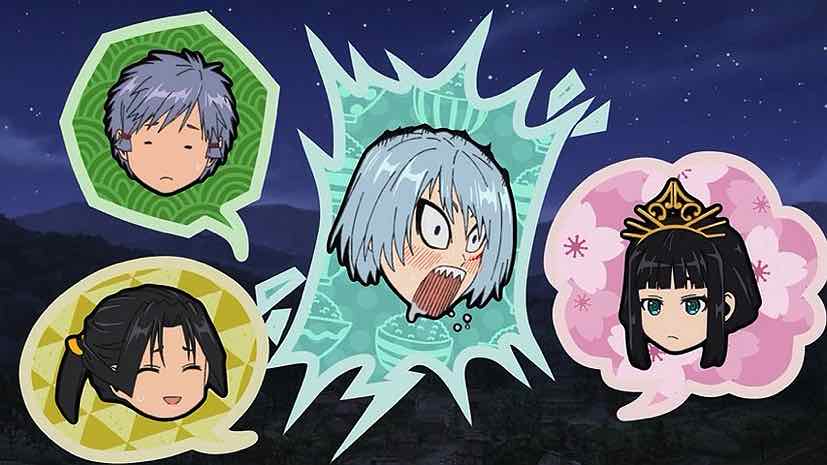


Simone
September 1, 2024 at 6:49 pmThe Shokan sequence was truly wonderful, selling both the thrill of Tokiyuki’s dance with death and the almost mystical nature of Shokan’s experience – tired, oxygen deprived, in a haze, unable to catch this one single enemy that jumps around and vanishes under his sword, more like a woodland sprite or a ghost than a flesh and blood boy. I remember being a bit disappointed that he lived at this point in the manga, but now I’m ok with it, and I also see with the added comment towards the end (that I had forgotten now) how this ties into the historical narrative. Many such arcs and moments are used by Matsui really to exemplify and symbolize greater historical trends of the era by the vicissitudes of individual characters. It’s strange how this story is simultaneously balls off the walls silly and intentionally anachronistic while also being in many ways probably the most unironically educational manga in Jump.
Guardian Enzo
September 1, 2024 at 7:17 pmThere’s one scene in particular that plays on this sort of theme that I’m really looking forward to seeing animated. Won’t be this season, but when it get there – hoo boy.
wartama
September 1, 2024 at 11:49 pmAmazing writing Enzo
Damn, that moment when Shokan felt a shiver, I felt it too. Tokiyuki is some terrifying kid, watching his fight and Shokan’s reflection brought back memories of Chimera Ant arc.
Yorishuge’s hug might be the first time the boy experienced parental affection :’D
Guardian Enzo
September 2, 2024 at 6:59 amVery possible. We didn’t see anything of his mother that I remember.
Rob Barrett
September 5, 2024 at 2:07 amOMG, the sakuga in this episode was exhilarating–I haven’t been as amazed as this since the battle against Hanami in season 1 of Jujutsu Kaisen